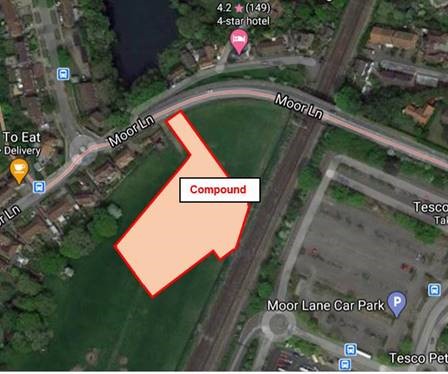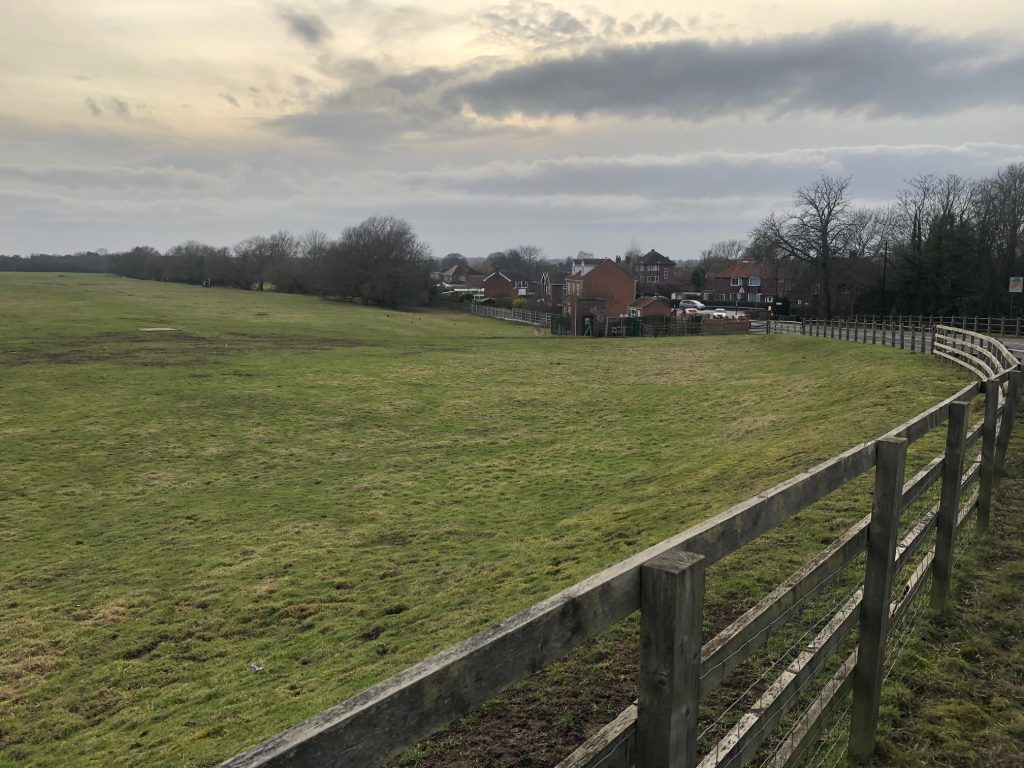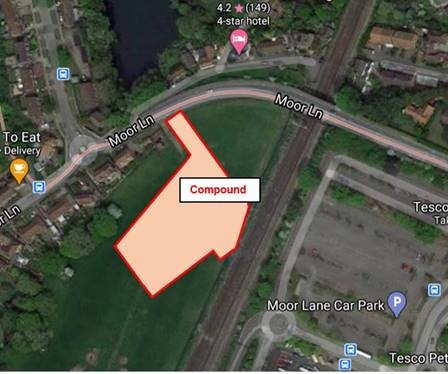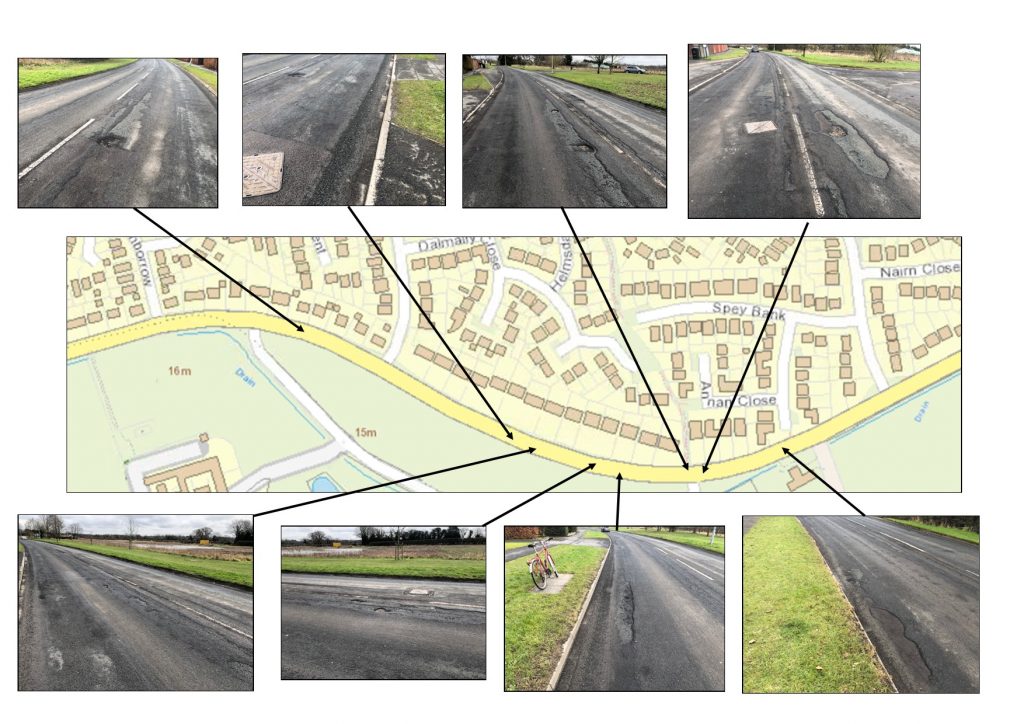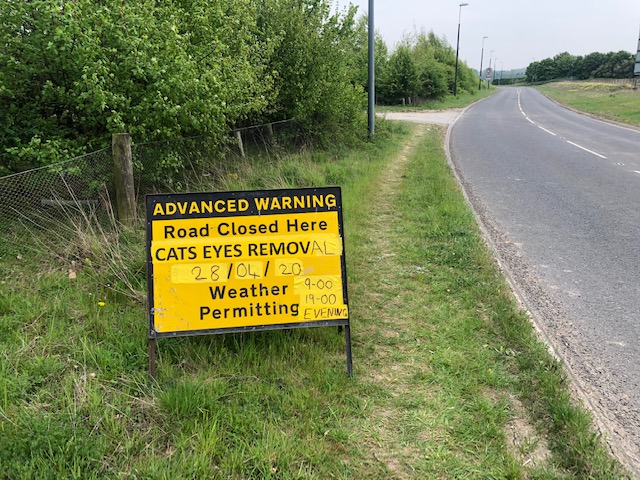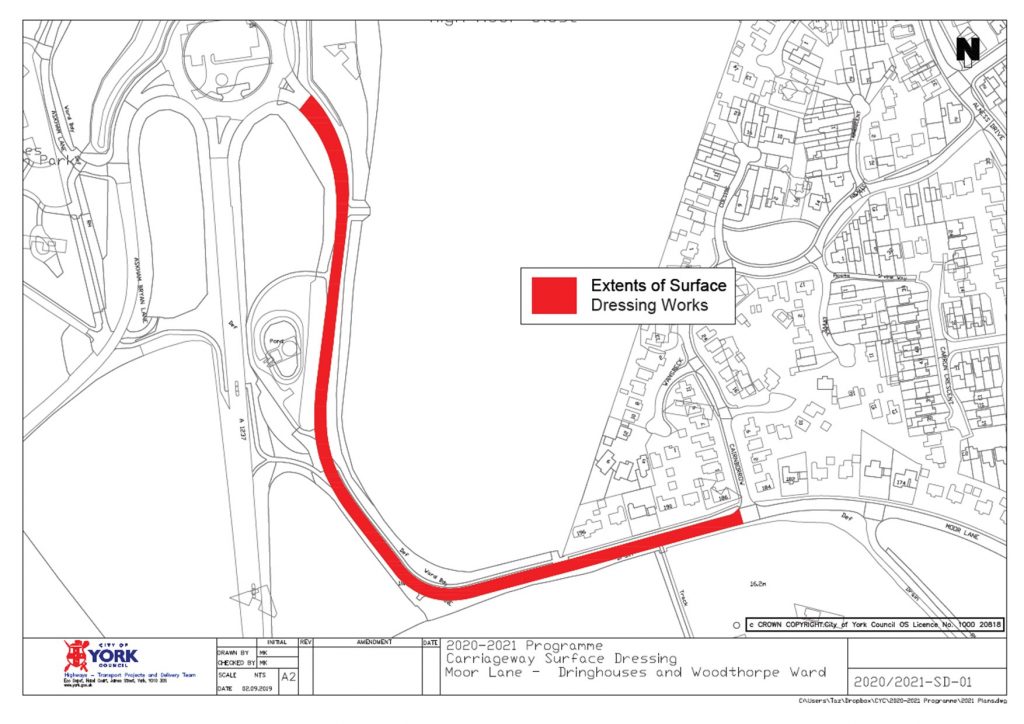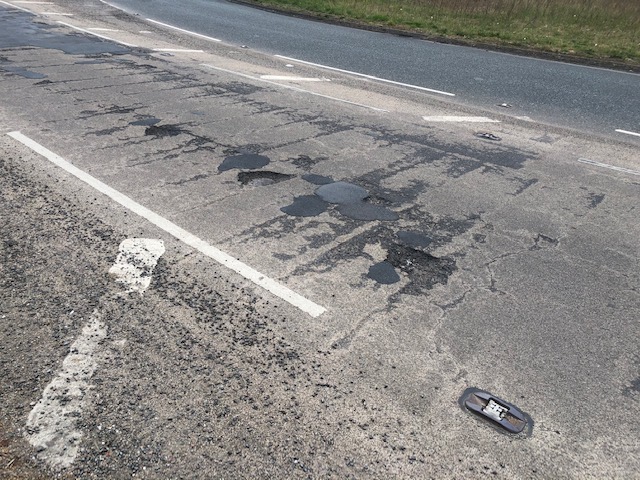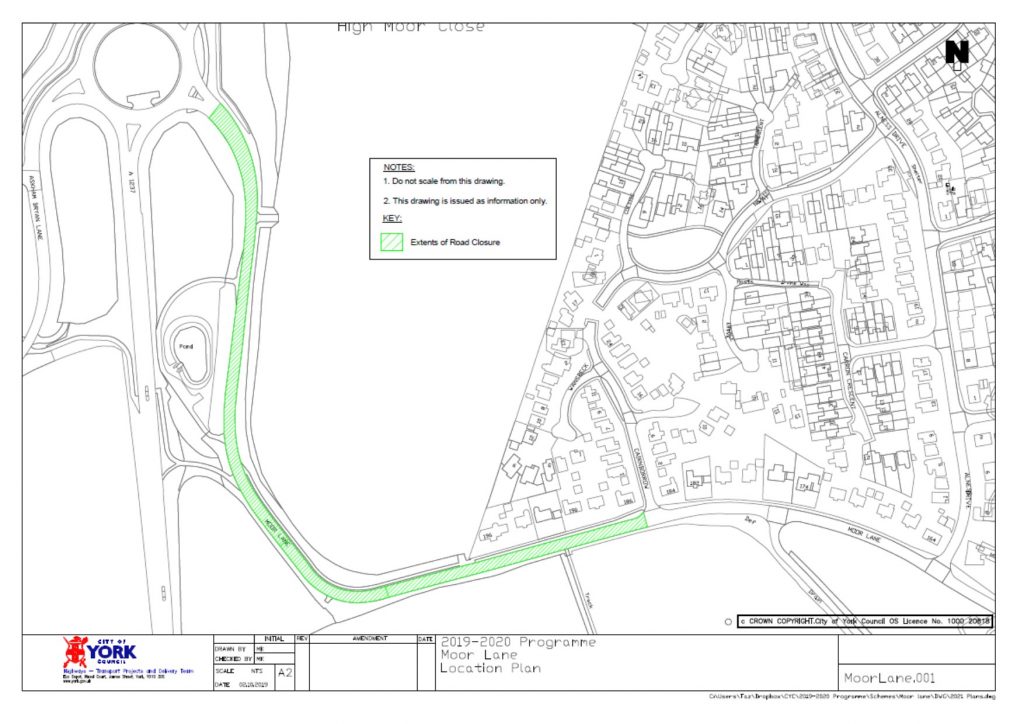Councillor Stephen Fenton has welcomed a decision by Network Rail to move a proposed compound further away from homes on Moor Lane.
In February, residents and councillors were shocked to receive notification that Network Rail planned to establish a compound on Moor Lane to support upgrade work on the line between York and Church Fenton until February 2024. Network Rail said that it would be used to provide access to the railway, to store materials and machinery and to house staff welfare facilities.
The initial plans would have seen the compound located 40 metres away from homes on Moor Lane. News of the plans led directly to the sale of a home falling through at the last minute, causing the residents considerable distress. Cllr Fenton called on Network Rail to pause their plans and listen to the concerns expressed by local residents.
Network Rail have now announced that they are proposing to move the compound further downfield to help reduce both visual and noise disturbance from the site. This move will place the site approximately 120 metres away from houses.
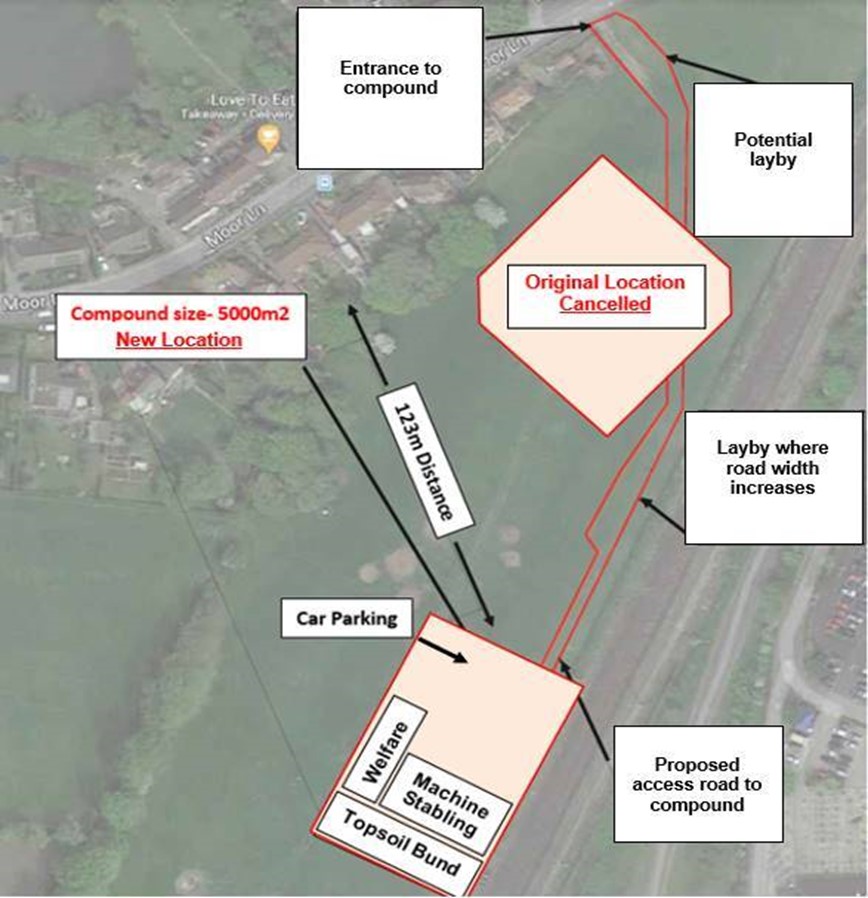
Network Rail have written to nearby residents with this information and have promised to host a community event via Microsoft Teams in the near future so that residents can find out more and ask any questions. No date has been set for work to begin on the site, but Network Rail have said that they will give residents at least one month’s notice.
Stephen commented:
“I am pleased that Network Rail have come up with a new proposal that will move the compound further way from homes on Moor Lane. It’s just a pity that this has come after two months of worry and stress for many affected residents, which could have been avoided if Network Rail has engaged with residents and local councillors earlier.
“I welcome the commitment to hold an engagement event, which will be important as there remain many unanswered questions around how highway safety will be managed on a very busy road, and what steps will be taken to minimise the nuisance to residents caused by the operation of the compound.”
Network Rail have also provided a Q&A on the compound plans.
Q1. Why have you chosen to put the proposed temporary compound where it is?
Due to the location of work and where we need to access the track, we looked at the area between York and Dringhouses to identify a section of available land where we would cause the least disruption to surrounding neighbours and locate it away from as many houses as possible.
Once created, the proposed compound in Dringhouses will be one of several linked compounds between York to Church Fenton, which must all be on the same side of the tracks, closest to the two lines where our major work is being undertaken. These compounds have to be spaced around two kilometres apart to enable effective access to the track to carry out the work as efficiently as possible.
We will be doing all we can to make sure we cause the least disruption to neighbours which is why we propose moving the compound location further away from houses. This also includes closely monitoring noise, traffic and light, as well as strictly enforcing our staff on site to be mindful they are working in a residential area. We will continue to explore what further options are available to help reduce disruption from the site and will present these to you at the aforementioned community event.
Q2. How long will the proposed temporary compound be in place?
As yet, we have not established an exact start on-site-date. All we can say currently is that we anticipate it will open later this year and we aim to provide you with clarity around dates in due course. Once opened, the compound will stay in operation until approximately February 2024.
Q3. How far away from the houses is the proposed temporary compound?
The closest house will be approximately 123 metres away from the operating compound. The machine stabling where all machinery will be stored has been placed furthest away from the houses, nearer to the track, to reduce noise and disturbance to residents. The new location further downfield means that the access road to get to it will be longer. Tree cover will mean the compound is less visually intrusive.
Q4. How will the compound impact the traffic in the area and what studies have been undertaken?
As part of our work on the revised compound, we will consider impacts on local roads and measures to manage traffic and any anticipated disruption. More information about the outputs of this assessment will be communicated in due course.
Q5. What level of noise should residents expect to hear?
Once the proposed compound is open, due to it being operational 24-hours a day, this will generate low-moderate noise. Overnight work will start to increase when we begin the piling work, but we do not have work schedules to share just yet. The Road Rail Access Point, once created, will be used regularly during the day and night. We will inform residents in advance of any noisy work due to take place and provide details as to what we are doing to minimise it.
Q6. How will worker behaviour be managed?
Our teams will be briefed and are mindful that they will be working close to our neighbours and the disturbance this can cause. This includes, not running car/van engines, no shouting, no littering. We will be enforcing these measures as strictly as possible.
Q7. Will lighting in the temporary compound come into my house?
We propose that there will be five tower lights placed within the compound (to be used at night) and positioned to ensure they do not directly shine at any houses. Night-time task lighting will also be used for work on track and angled so it does not disturb our lineside neighbours when it is dark.
Q8. What if there is damage to the road or verges?
If there is any damage to the roads or verges that residents have concern about and have been caused by the work taking place, these will be address by the project team and investigated.
Q9. Why did residents receive short notice about the temporary compound?
The original letter about the compound was mailed approximately ten days prior to the initial planned date to open the compound on 01 March. We had to wait to send this out to allow for the conclusion of the landowner lease agreement but appreciate insufficient information and notice was provided.
Q10. What is a topsoil bund?
Topsoil is the upper, outermost layer of soil, usually the top 5–10 inches. It has the highest concentration of organic matter and therefore is a valuable material for farmers. We have to keep this topsoil on site, neatly stored as an earth bank or bund, and it will be returned to the land once the compound is closed.

